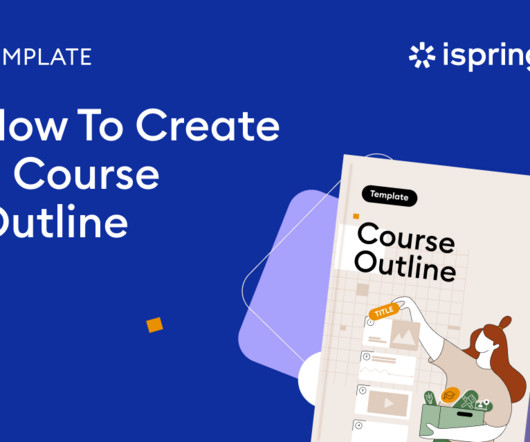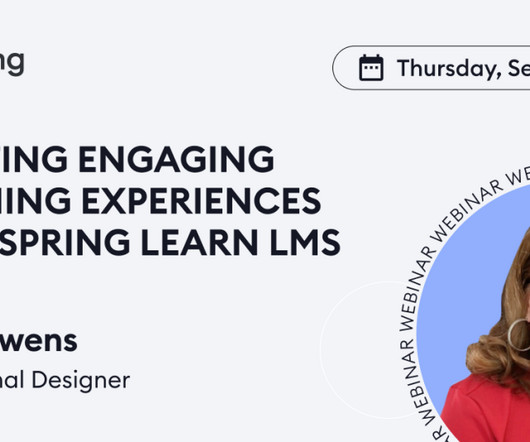Friday Finds — Primal Brain, Instructional Videos, AI Learning Design
Mike Taylor
SEPTEMBER 29, 2023
Last Week’s Most Clicked The “secret sauce” behind the world’s most popular online course News & Notes Speak to the Primal Brain This post is for Learning and Development (L&D) professionals, urging them to borrow strategies from marketing to engage the primal brain. Sign up for free.

























Let's personalize your content